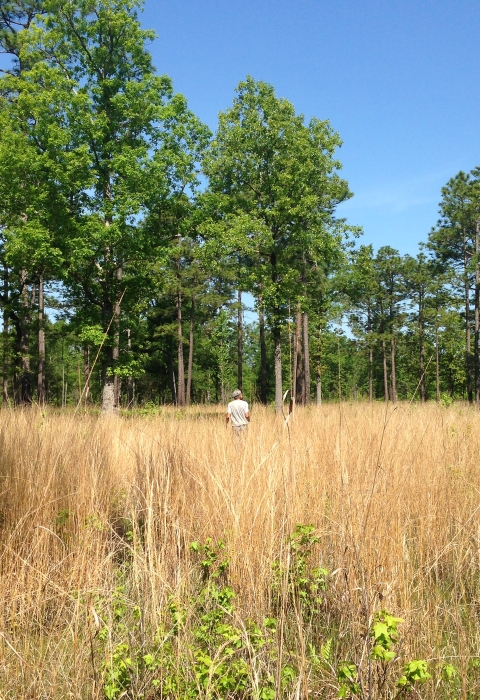Eastern NC projects
We use cooperative agreements and grant authority to accomplish research through USGS, North Carolina State University, Duke University, East Carolina University, University of North Carolina at Chapel Hill and other universities as appropriate.
Frequent study areas include:
- Population health and abundance
- Assumption-driven research (questions/needs/gaps) that must be addressed to refine biological planning assumptions relevant to plants and animals in our work area
- Support aquatic research to test conservation techniques and suggest improvements
- Outcome-based monitoring to gauge effectiveness of conservation delivery in improving conditions for trust resources
Applications:
- Evaluating the status of imperiled species like the Waccamaw silverside, the Saint Francis’ satyr, Golden sedge and Tar River spinymussel, and the magnificent ramshorn snail.
- Restoring habitat and fish passage fish passage
Fish passage is the ability of fish or other aquatic species to move freely throughout their life to find food, reproduce, and complete their natural migration cycles. Millions of barriers to fish passage across the country are fragmenting habitat and leading to species declines. The U.S. Fish and Wildlife Service's National Fish Passage Program is working to reconnect watersheds to benefit both wildlife and people.
Learn more about fish passage project at Lindsey Bridge Dam - Overseeing Roanoke logperch and Carolina madtom propagation projects
- Progressing toward recovery of the golden sedge and smooth coneflower
- Developing passage/removing Bynum dam to benefit Cape Fear shiner
- Planning removal of High Falls Dam and Hoosier Dam
- Developing Statewide Aquatic Species Safe Harbor
- Streamlining consultation with USACE by developing Standard Local Operating Procedures for Endangered Species in North Carolina
- Developing programmatic consultation on bridge/culvert replacement projects that may affect Neuse River waterdog and Carolina Madtom
